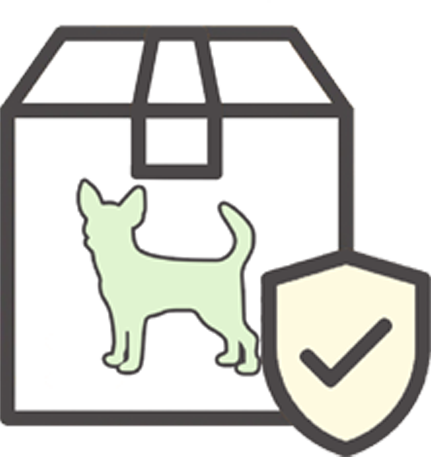Prevent Dog Calluses with These 5 Tips
Updated On: Friday, January 24, 2025 04:50:36 AM America/Los_Angeles
Calluses are often inevitable for canines, because they spend so much of their time being in contact with hard surfaces. Preventive measures are key in keeping your doggo callus free. Read on to find out more about how you can prevent and treat dog calluses!
Photo by Enis Yavuz
What Causes Dog Calluses
It’s only natural for dogs to develop calluses, because dogs typically put a lot of pressure on various parts of their body by walking, sleeping, and playing on the ground. Calluses are thick, rough patches of skin that develop over pressure points such as the paws or joints. This can be exacerbated during the colder months, when paws are exposed to rain, snow, or salt as the elements contribute to dry skin. Most of the time, calluses can be easily managed at home. Other times, calluses can become ulcerated, painful sores.
How to Prevent Dog Calluses
The earlier a callus is treated, the better the results. Here are five ways you can proactively minimize the possibility of your dog developing uncomfortable or even painful calluses.
- Inspect skin routinely: Examining callus-prone areas regularly allows you to catch them before they get worse. Look for hints of calluses on elbows and paw pads by checking for dry, hardened skin or cracks.
- Use soothing balms: Apply a moisturizing balm after outings to help prevent the formation of calluses or heal existing calluses. Certain spots like paws may benefit from having a balm massaged into the skin.
- Provide proper bedding: Dogs prone to calluses should have either heavily cushioned or raised beds. This prevents joints from rubbing on hard floors. If neither is available, a plush blanket or other kind of bedding on top of their bed suffices.
- Reduce time on hard surfaces: Pressure should be limited if your fur baby begins developing calluses. Using products like an indoor pet potty or dog shoes can reduce the amount of time that your furry one’s paws are in contact with hard surfaces.
- Maintain a healthy weight: Similar to arthritis, pressure is one of the main culprits when it comes to calluses. Extra weight means extra pressure on joints, which can then lead to calluses.
How to Treat Dog Calluses
Calluses should be kept clean even if the skin doesn’t appear to be broken as water and dirt can contribute to dry skin. After washing exposed areas, such as the elbows and paws, apply a soothing balm that will keep callused areas moisturized and protected. If the callus continues to worsen, consult with your vet. They may need to drain, bandage, or apply topical antibiotics depending on the severity of the callus.
Meanwhile, use an indoor dog bathroom to limit the time your pup spends setting their paws on hard concrete. Pet potties can keep paw pads safe from rough surfaces so that the affected skin has time to heal. A pee pad like DoggieLawn is the perfect way to offer a slice of the great outdoors even if your pup has to stay inside!


